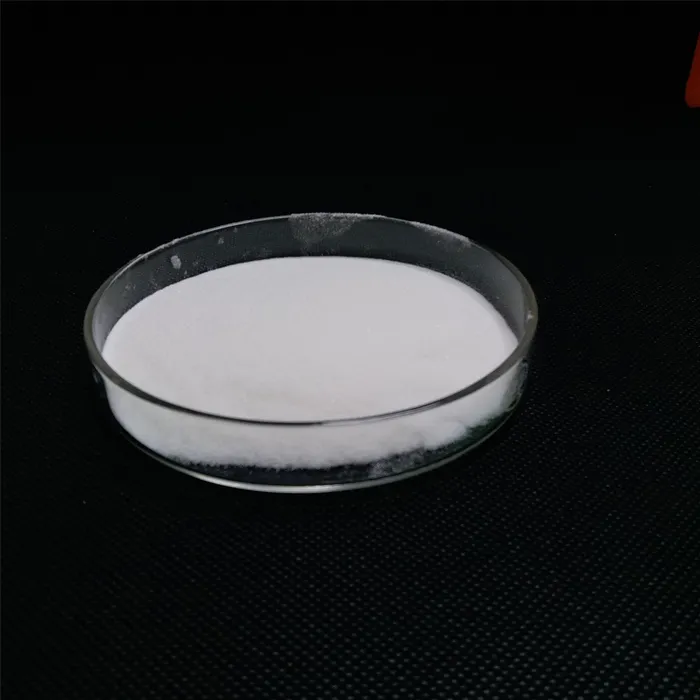Polydadmac in Water Treatment A Comprehensive Overview
Water quality is a critical concern for communities, industries, and ecosystems worldwide. The treatment and purification of water play a vital role in ensuring that the water supplied for drinking, agricultural, and industrial uses is safe and clean. Among the various chemical agents used in water treatment processes, Polydadmac (poly(diallyldimethylammonium chloride)) has emerged as a versatile and effective flocculant and coagulant. This article delves into the properties, applications, and benefits of Polydadmac in water treatment.
What is Polydadmac?
Polydadmac is a polymer created by the polymerization of diallyldimethylammonium chloride (DADMAC). It is a positively charged quaternary ammonium compound and has hydrophilic properties, which enhance its ability to interact with various pollutants in water. Polydadmac is often available in both liquid and powder forms, making it suitable for different applications in water treatment processes.
Mechanism of Action
The effectiveness of Polydadmac in water treatment is primarily attributed to its charge neutralization and bridging capabilities. When introduced to water, Polydadmac interacts with negatively charged particles, such as suspended solids, colloids, and organic matter, effectively neutralizing their charges. This neutralization causes the particles to aggregate, forming larger flocs that are easier to remove from the water through sedimentation or filtration processes. Additionally, the polymer's long-chain structure allows it to bridge multiple particles, further enhancing the flocculation process.
Applications in Water Treatment
Polydadmac is widely used in various water treatment applications, including
1. Drinking Water Treatment Polydadmac is used in the coagulation and flocculation stages of drinking water treatment processes. It effectively removes turbidity, organic matter, and pathogens, ensuring that the water is safe for consumption.
polydadmac water treatment

2. Wastewater Treatment In municipal and industrial wastewater treatment, Polydadmac aids in the removal of suspended solids and organic pollutants. Its ability to improve sedimentation rates makes it valuable in clarification processes.
3. Sludge Conditioning Polydadmac can be employed in sludge management processes, helping to dewater and stabilize sludge. This leads to reduced volume and better handling characteristics, making the resulting material easier to manage and dispose of.
4. Paper and Pulp Industries In the paper manufacturing process, Polydadmac is used as a retention aid, enhancing the retention of fibers and fillers, thus improving paper quality and reducing waste.
5. Oil and Gas In the oil and gas industry, Polydadmac is used for treating produced water and enhancing the removal of suspended solids in various extraction processes.
Advantages of Polydadmac
The use of Polydadmac in water treatment offers several advantages
- High Efficiency Polydadmac is highly effective at low dosages, leading to cost savings and reduced chemical usage. - Rapid Settling The flocs formed using Polydadmac tend to settle quickly, improving the efficiency of sedimentation processes. - Versatility Polydadmac can be used in a wide range of water treatment scenarios, from drinking water to industrial wastewater, making it a versatile agent. - Low Residuals Unlike some traditional coagulants, Polydadmac typically leaves low residual concentrations in the treated water, minimizing concerns about harmful effects.
Conclusion
Polydadmac is a powerful and versatile tool in the realm of water treatment. Its unique properties and mechanisms of action make it highly effective in removing contaminants and improving water quality in various applications. As water resources become increasingly strained and the demand for clean water rises, the importance of effective treatment agents like Polydadmac cannot be overstated. Continued research and development in this field will further enhance its applications and effectiveness, contributing to more sustainable water management practices across the globe.

